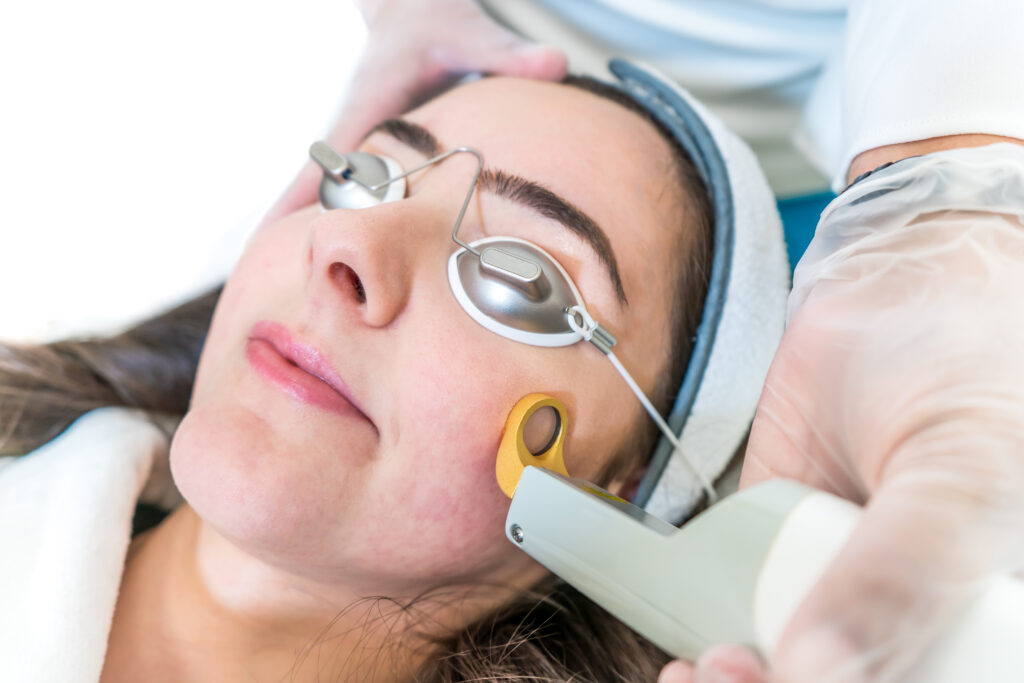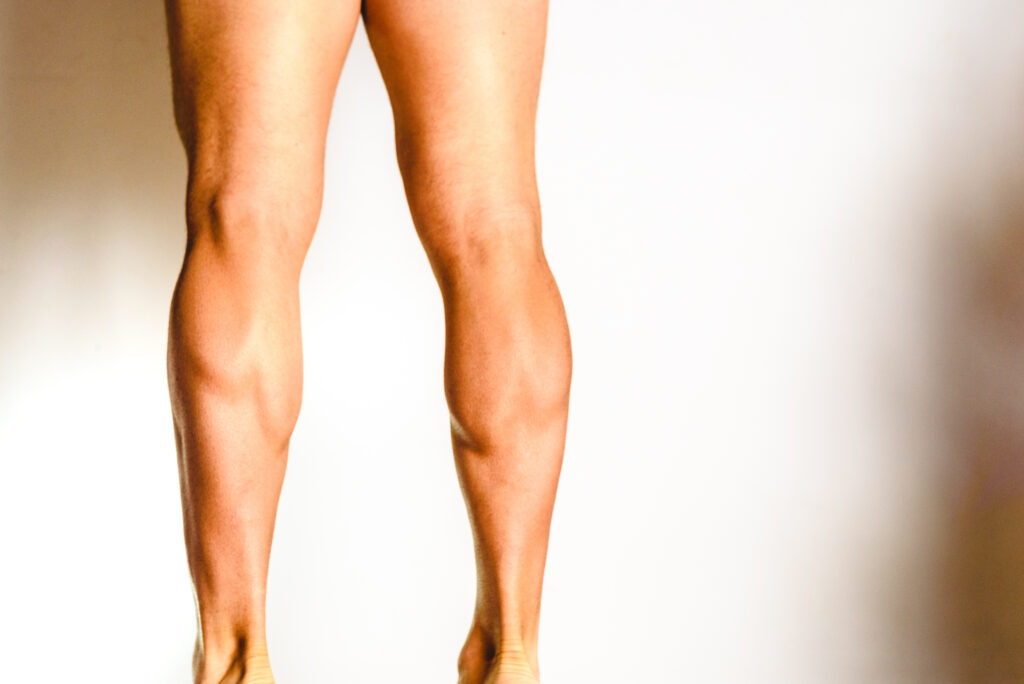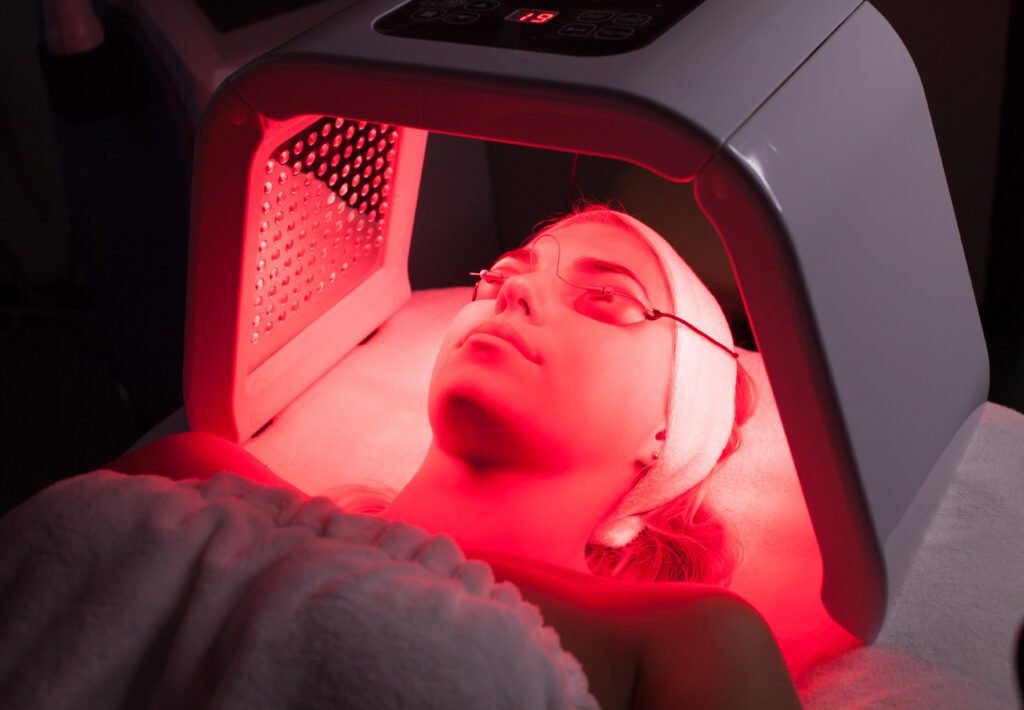Tattoo artistry has long been a form of self-expression, capturing moments, memories, and meanings on the canvas of the skin. However, some individuals may seek to erase these once-cherished designs as time passes. Understanding the nuances of tattoo removal, especially when considering diverse skin types and ink colors, is crucial for optimal results. Estevez Esthetics, Las Vegas, NV, with its dedication to safe and proven treatments, emphasizes the importance of this knowledge. This article delves into the intricacies of tattoo removal, shedding light on the factors that influence its success and the technology that makes it possible.
Understanding Different Skin Types
Skin, the body’s largest organ, varies significantly from one individual to another. Recognizing and understanding these differences is crucial, especially when considering treatments like tattoo removal.
- The Fitzpatrick Skin Type Scale: Dermatologists often use the Fitzpatrick scale to classify skin types based on their reaction to sun exposure. This scale ranges from Type I (very fair skin that burns quickly) to Type VI (dark skin that rarely burns).
- Skin Type and Tattoo Removal: Different skin types respond uniquely to tattoo removal treatments. For instance, lighter skin types might absorb laser energy differently than darker skin types, affecting the removal process’s efficacy and safety.
- Special Considerations: Each skin type has challenges and advantages in tattoo removal. Lighter skin types might show quicker results but are prone to hyperpigmentation if not treated carefully. In contrast, darker skin types require a more cautious approach to prevent hypopigmentation or scarring.
Understanding skin types is pivotal in ensuring effective and safe tattoo removal. By being aware of one’s skin type and specific needs, individuals can achieve the best possible results with minimal side effects.
The Spectrum of Ink Colors
Tattoos come alive through the vibrant ink colors artists use to etch designs onto the skin. However, the diversity in ink colors presents unique challenges and considerations regarding removal.
- Standard Tattoo Ink Colors: From deep blacks and blues to bright reds, yellows, and even fluorescent hues, tattoo artists employ many colors to bring their creations to life.
- Response to Removal Treatments: Ink colors respond differently to removal treatments. Black, for instance, absorbs all laser wavelengths, making it the easiest to remove. On the other hand, brighter colors like green and blue require specific laser frequencies to break down effectively.
- Depth and Quality of Ink: Ink penetration in the skin and its quality can also affect removal. Professional tattoos, which often use higher-quality ink and are embedded deeper, might take longer than amateur tattoos.
- Innovations in Technology: With advancements in laser technology, newer machines can target a broader range of colors more effectively. These innovations allow precision even with the most stubborn ink colors.
The spectrum of ink colors in tattoos adds beauty and depth to the designs but also introduces challenges during removal. A thorough understanding of these colors, combined with the right technology and expertise, is essential for effective tattoo removal.
State-of-the-Art Tattoo Removal Technology
The world of tattoo removal has witnessed significant advancements over the years, with technology playing a pivotal role in enhancing the efficacy and safety of procedures.
- Laser Technology Evolution: Gone are the days of abrasive methods. Modern tattoo removal predominantly relies on laser technology. These lasers emit pulses of light energy that target the tattoo ink, breaking it down into smaller particles that the body can naturally eliminate.
- Different Lasers for Different Inks: Not all lasers are created equal. Additional ink colors require specific laser wavelengths for effective removal. For instance, while Q-switched lasers are adept at tackling darker inks, picosecond, and nanosecond lasers have shown promise in addressing brighter, more stubborn colors.
- Safety Enhancements: With the advent of newer technologies, the risk of side effects, such as scarring or skin discoloration, has reduced. Advanced lasers offer precise targeting, ensuring minimal damage to the surrounding skin.
- Reduced Treatment Sessions: State-of-the-art technology ensures better results and often reduces the sessions required for complete tattoo removal. Erasing ink means less time, discomfort, and cost.
- Customized Treatment Plans: Modern machines come with adjustable settings, allowing practitioners to tailor the treatment based on the tattoo’s size, color, and location, as well as the individual’s skin type.
In essence, state-of-the-art tattoo removal technology has revolutionized how practitioners approach and handle tattoo removal, ensuring better outcomes and a smoother experience for clients. As technology advances, the future of tattoo removal looks even more promising.
Factors Influencing Tattoo Removal Success
Achieving optimal results in tattoo removal is more than just dependent on the technology used. Several factors come into play, determining the procedure’s success rate and overall outcome.
- Ink Depth: Tattoos embedded deeper into the skin typically require more sessions for complete removal. Professional tattoos, which are often inked deeper than amateur ones, can be more challenging to erase.
- Ink Quality: The type and quality of ink used can significantly influence the removal process. High-quality inks, often used by professional tattoo artists, are more stable and can be tougher to break down compared to cheaper, lower-quality inks.
- Tattoo Age: Older tattoos fade over time due to the body’s natural elimination processes and external factors like sun exposure. As a result, they might be easier to remove than newer ones.
- Skin Type: As discussed earlier, different skin types respond differently to tattoo removal treatments. While lighter skin types might show quicker results, darker skin types require a more cautious approach to prevent potential side effects.
- Tattoo Location: Tattoos located on areas with more blood circulation, like the chest or neck, often respond better to treatment than those on extremities like the hands or feet.
- Presence of Colors: Multicolored tattoos, especially those with brighter and more varied hues, can be more challenging to remove than monochromatic ones. Each color might require a specific laser wavelength for effective breakdown.
- Individual’s Health: A person’s overall health and immune system are crucial in tattoo removal. A robust immune system can expedite the elimination of broken-down ink particles, enhancing the procedure’s success.
Consult a Professional
The success of tattoo removal depends on several factors, including advanced technology. Understanding and considering these elements can help set realistic expectations and ensure the best possible outcome. The medical field offers a range of treatments for spider veins, from non-invasive laser therapies to more involved surgical procedures. It’s essential to consult with professional estheticians to find the best removal option based on individual needs and conditions.
Takeaway
In the ever-evolving world of aesthetics, Estevez Esthetics stands at the forefront, offering state-of-the-art treatments tailored to individual needs. From understanding the intricacies of skin types to harnessing advanced tattoo removal technologies, our commitment is to ensure you achieve the best version of yourself. Your journey to rejuvenation and confidence is just a step away. Don’t let uncertainty hold you back. Reach out to our expert team today. Whether you have questions or are ready to transform, contact us or book an appointment. Let’s embark on this journey together.










